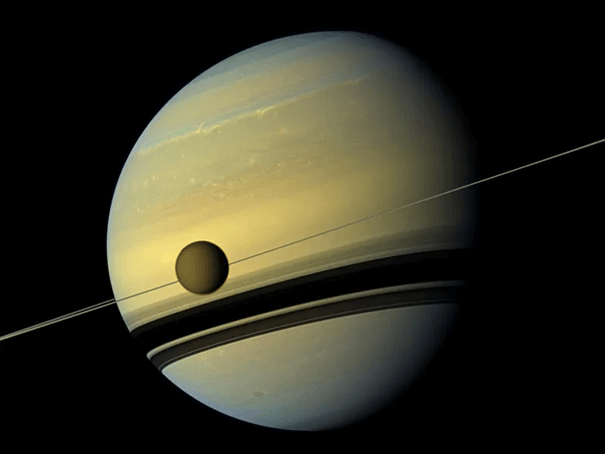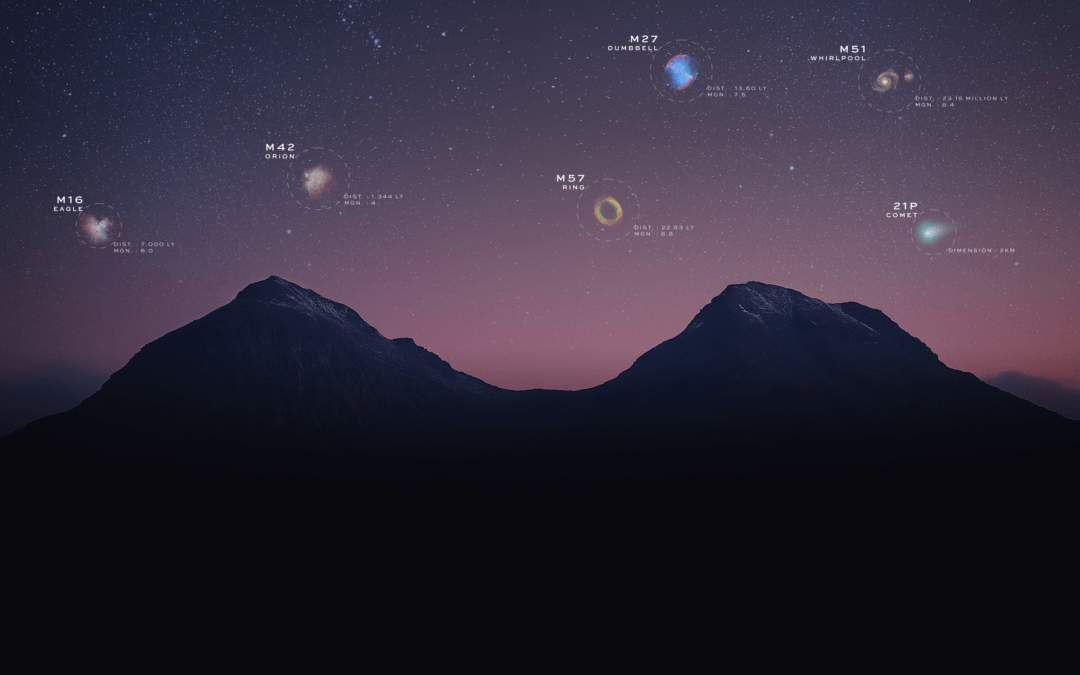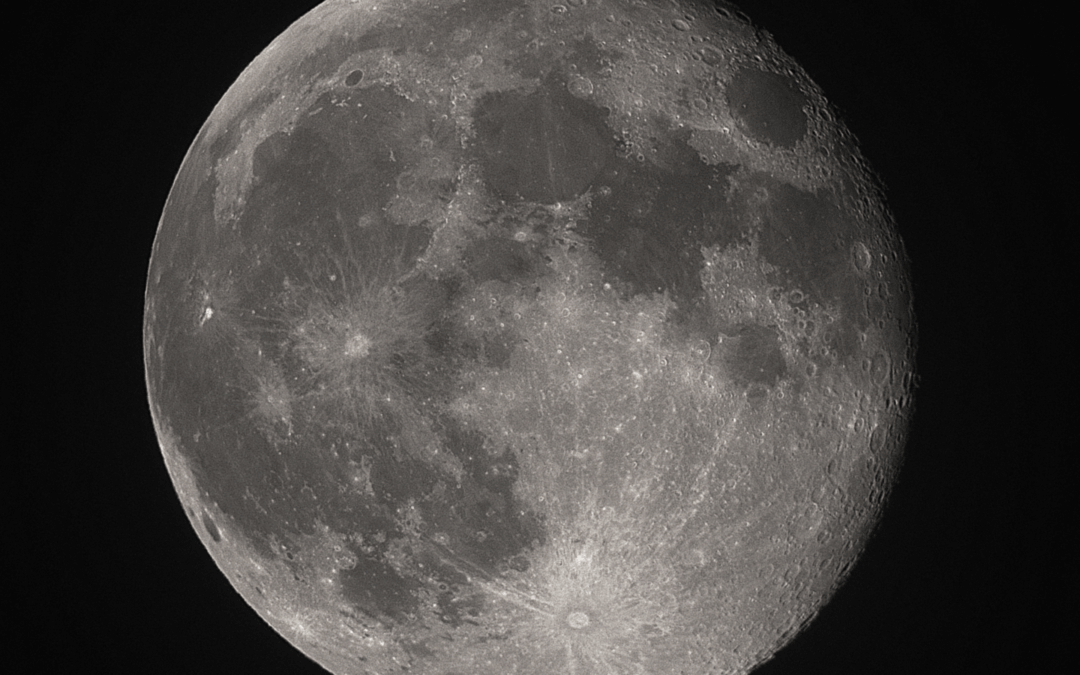TOI 4465.01 is an “Object of Interest” discovered in 2021 by NASA’s TESS satellite, which searches for exoplanets. This behemoth planet candidate, thought to be six times more massive than Jupiter, has only been observed by TESS once, so scientists still need to confirm that it’s real. To help, a team led by Unistellar astronomers has been observing this Sun-like star to watch the tiny variations in motion caused by the planet’s gravity tugging it back and forth – a phenomenon separate from transits, known as the “Doppler effect”. Based on their data so far, astronomers believe TOI 4465.01 will transit in front of its star during this three day window.
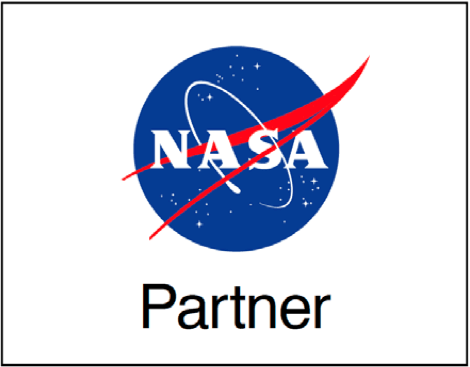
Disclaimer: The material contained in this document is based upon work supported by a National Aeronautics and Space Administration (NASA) grant or cooperative agreement. Any opinions, findings, conclusions or recommendations expressed in this material are those of the author and do not necessarily reflect the views of NASA.
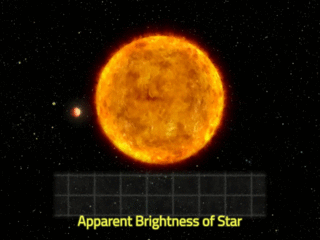
As an exoplanet passes in front of its star, it blocks out a portion of the star’s light.
How you can observe TOI 4465.01 and contribute data:
If this is your first time doing an exoplanet observation, find tips and tricks on our Tutorial page. This specific observation will be a little different than usual, so the observing information is given below instead of on our Exoplanet Predictions page.
Observers can point their eVscopes toward TOI 4465.01 at any time during the three-day span when the transit may occur. Check out the spinning-globe video for a visual — you can observe when your location is in the red-shaded portion of Earth. The first possible observations are on the local evening of Thursday, August 8 (from North and South America) and the last are on the local evening of Thursday, August 11. In its entirety, the window for helpful observations begins on Tuesday, August 9 at UTC 01:59 and ends on Friday, August 12 at UTC 01:59. Nearly every location on Earth gets at least two nights to observe this event, except for the very most northern and southern points. We hope you’ll join us with your Unistellar telescopes!
A globe showing the visibility of TOI 4465.01’s transit. If you are in the shaded region during the time displayed, you can make an observation.
Observation Details:
Citizen Astronomers should observe for at least 4 hours continuously (but feel free to observe for longer!) in Exoplanet Transit mode. Note that the full Moon will be relatively near the target star – this should not pose a problem.
You may click on this deeplink to automatically set up 1 hour observations that you can repeat as many times as you like.
OR you can manually input these settings in Exoplanet Transit mode:
Right ascension (RA): 18h 24m 32s
Declination (Dec): 15° 50′ 31″
Record duration: 01h 00m 00s (or set to your desired length; at least 4 hours is best, but please monitor the position of the star and re-center if needed)
Exposure Time: 3970 ms
Cadence: 3970 ms
Gain: 11 dB
Lastly, when you are done observing for the night, please submit this short REPORT FORM so we know to process your data.
Clear skies!
If you have any questions, please reach out to us at [email protected] or on our Citizen Science Slack workspace.
Further readings
Titan’s shadows
Every month, discover three unmissable celestial events to observe with your Unistellar telescope.
3 Reasons to observe this month
Every month, discover three unmissable celestial events to observe with your Unistellar telescope.
Observing Eclipses on Jupiter: Cosmic Spectacles Through a Telescope
The latest Unistellar App Update, version V3.0, is now live. Explore a smooth stargazing experience !
Unistellar Community Included In Multiple Scientific Papers
Did you know Unistellar Citizen Astronomers are often cited in published scientific papers? Find out how you can contribute too!
What Are the Names of All the Full Moons in 2024?
Discover the enchanting names of the full moons in 2024. Delve into the unique character of each lunar spectacle and embrace the allure of the night sky.
New Unistellar App Update: Version 3.0
The latest Unistellar App Update, version V3.0, is now live. Explore a smooth stargazing experience !

